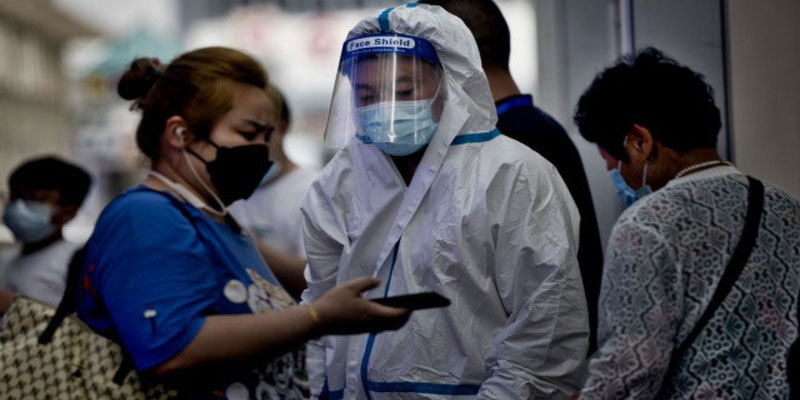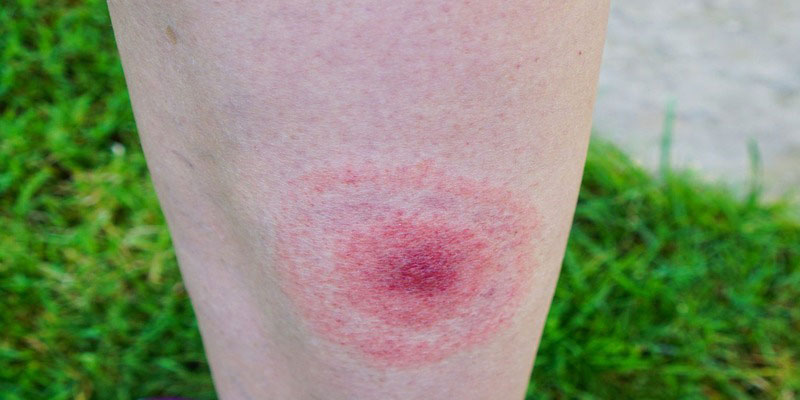Heat stroke is more than just feeling overly warm on a hot day. It's a severe health emergency that can have devastating consequences if not addressed immediately. With rising global temperatures, it's increasingly crucial to recognize its signs and causes, ensuring you and your loved ones stay safe.
Understanding Heat Stroke
Heat stroke is the most severe form of heat injury and requires immediate medical attention. It occurs when the body overheats, generally as a result of prolonged exposure to or physical exertion in high temperatures.
Key Symptoms of Heat Stroke
- High body temperature: A core body temperature of 104°F (40°C) or higher, obtained with a rectal thermometer, is the main sign of heat stroke.
- Altered mental state: Confusion, agitation, slurred speech, and even unconsciousness can occur.
- Nausea and vomiting: Feeling sick to your stomach or actually throwing up are common.
- Rapid breathing: Breathing might become shallow and quicker than normal.
- Racing heart rate: Your pulse might significantly increase because heat stress places tremendous burden on the heart to help cool the body.
- Headache: A throbbing headache is often present.

What Causes Heat Stroke?
Heat stroke can be categorized based on its causes:
- Exertional heat stroke (EHS): As the name suggests, this type arises due to intense physical activity in hot weather. Athletes and laborers are typically at risk.
- Non-exertional or classic heat stroke: More common in older adults or individuals with chronic illnesses, this type can occur without physical exertion, especially in high environmental temperatures.
Factors that Increase Risk
- Age: While the elderly are at higher risk due to changes in the body with age, even young children can be at risk, especially if left in cars on hot days.
- Certain medications: Some medications can affect the body's ability to regulate temperature or get rid of fluids.
- Obesity: Carrying excess weight can trap the body in insulation and make it harder to cool down.
- Sudden temperature changes: If there’s a sudden spike in temperature, you might be caught off-guard, increasing the risk of heat-related illnesses.
Prevention: Keeping Safe in the Heat
- Stay hydrated: Drink plenty of fluids, especially water. This helps cool your body down and replenishes any fluids lost through sweating.
- Wear lightweight clothing: Light-colored and loose-fitting clothing can help keep the body cool.
- Avoid strenuous activity: If you can, stay indoors during the hottest parts of the day. If you need to be out, take frequent breaks.
- Never leave anyone in a parked car: This is a prime spot for heat-related illnesses. The temperature inside can rise almost 20°F in just 10 minutes.

Fact Table: Heat Stroke Essentials
Fact | Detail |
Definition | Heat stroke is a severe heat-related illness caused by the body overheating. |
Primary Symptoms | High body temperature, altered mental state, nausea, rapid breathing, racing heart rate, headache. |
Main Causes | Exertional activities in hot conditions, environmental heat without adequate hydration or breaks. |
Risk Groups | Elderly, young children, obese individuals, those on certain medications. |
Prevention | Hydration, lightweight clothing, avoiding heat during peak times, never leaving anyone in parked cars. |
Heat Stroke vs. Heat Exhaustion
Heat exhaustion is another heat-related illness that's serious but not as severe as heat stroke. Symptoms can overlap, but with heat exhaustion, you might sweat profusely, feel faint, or experience muscle cramps. If left untreated, heat exhaustion can progress to heat stroke. So, it's vital to address any heat-related symptoms promptly.
Frequently Asked Questions: Understanding Heat Stroke
What exactly is heat stroke?
It's a serious condition where the body overheats, typically from excessive sun or physical activity.
How do I know if someone has a heat stroke?
Watch out for symptoms like a very high body temperature (104°F or 40°C and above), confusion or odd behavior, heavy breathing, strong headaches, nausea, or a racing heartbeat.
Is heat exhaustion the same as heat stroke?
No, they're different. Heat exhaustion can cause heavy sweating, dizziness, and muscle cramps. If left untreated, it can lead to heat stroke, which is more severe.
Who is more likely to get heat stroke?
While anyone can get it, little kids, older adults, people on certain medications, those with extra body weight, and people exposed to sudden heat waves are more at risk.
How can I prevent heat stroke?
Drink lots of water, wear light and loose clothing, avoid strenuous activities during peak heat, and never leave anyone in a parked car during hot weather.
Seeking Medical Attention
If you suspect someone is experiencing heat stroke, you should:
- Call emergency services immediately.
- Move the person to a cooler location, preferably indoors.
- Try cooling them down by whatever means available - fans, cold water, or wet cloths.
Always remember, heat stroke is a medical emergency. Prompt action can save lives.
Stay informed and be cautious, especially during the hottest months. Knowing the symptoms and causes of heat stroke, and taking preventive measures, can ensure you and your loved ones remain safe and healthy.




